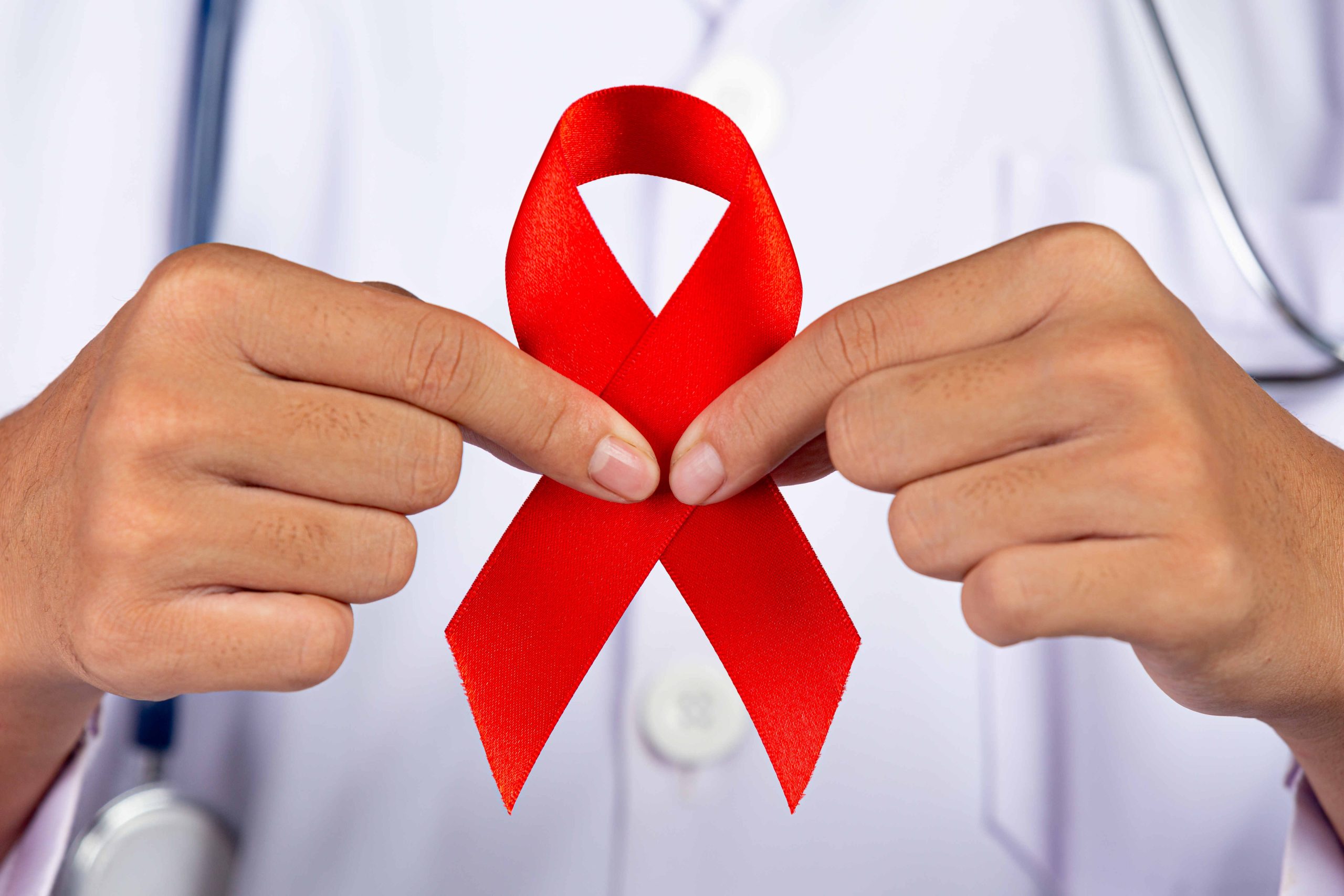AIDS, known as acquired immunodeficiency syndrome, is an advanced state of HIV. The HIV is short for human immunodeficiency virus that can affect anyone – the young or old, and people belonging to any community, culture, race, or gender. However, not all individuals having HIV advances to AIDS. A healthy lifestyle and timely medication can help a person to live numerous productive years with this disease.
Our body consists of specific cells comprising the immune system. These cells are helpful in combating several infections and diseases. The HIV virus attacks on these specific cells and weakens the immune system. The forensic experts are still finding cure for this disease, but there are medicinal methods and care programmes that can restrain the condition from becoming AIDS. Moreover, AIDS occurs when CD4 cells, known as lymphocytes, are reduced to under 220 cells per cubic meter of blood. These cells are responsible for coordinating the human body’s immune response.
How HIV is Caused –
Anyone can get human immunodeficiency virus (HIV) – some get it through blood transfusion or other risky behaviours. Infants might have it from infected mothers during nine-months gestation (pregnancy), childbirth, or through breast-feeding.
Intoxicants & Drugs
Sharing sterilizing equipment or needles with a person having HIV rises the risk of spreading the virus. Please note that an HIV virus can live up on a used syringe, blade, or needle for up to 40 days.
Sexual Contact
The risk of catching an HIV virus is high when you regularly have unprotected sex or have multiple sex partners. When you are high or intoxicated, the drug overshadows your self-consciousness or shyness, forcing you to take major risks that you might inhibit yourself to take if you were sober. These risks include unprotected vaginal or anal intercourse or sex with multiple partners.
Symptoms of HIV –
It is possible that a person can have HIV and doesn’t show any symptom. However, regular testing is one of the best ways to identify this disease.
Phase 1 – Subtle Signs of HIV



